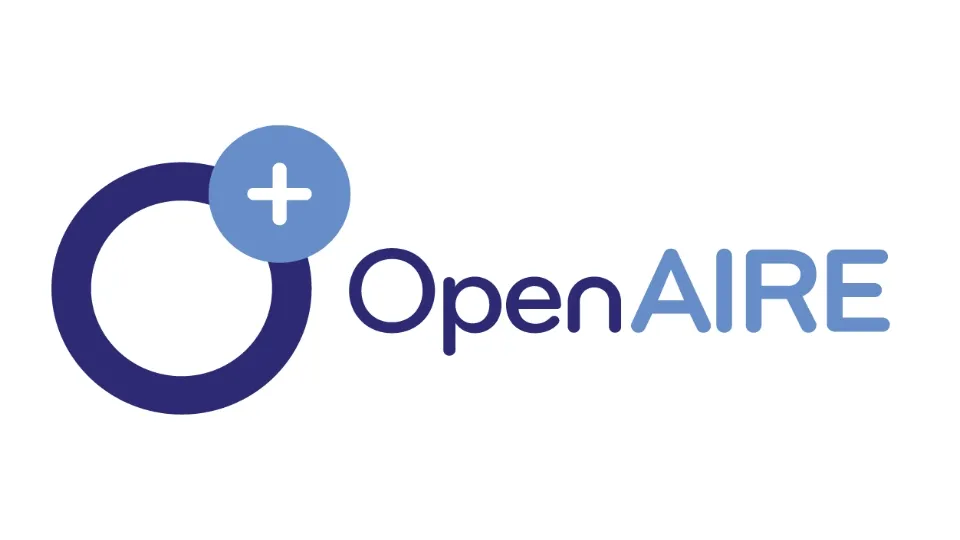Author Guidelines
AUTHOR GUIDELINES
Pustakaloka: Jurnal Kajian Ilmu Perpustakaan dan Informasi only accepts manuscripts written in Indonesian and English. The following are our guidelines as part of the submission process to ensure your paper meets the journal's requirements.
- Authors should download the journal template HEREas it can help follow the layout of the journal.
- Manuscripts have never been published before or have been considered in other journals.
- Manuscript file in Microsoft Word format (.doc).
- Regarding bibliography/references, librarian journals apply the Chicago Manual Style. Therefore, we hope the authors pay attention to it. In addition, it is recommended that authors use a reference manager tool such as Zotero.
General Guidelines
- Manuscripts are authentic research results that have not been published in other publication media or publishers.
- The manuscript does not contain elements of plagiarism. The editorial board will immediately reject the text that indicates plagiarism.
- The submission and publication process is free, with no additional costs.
- Manuscripts that have been written according to the Librarian Guidelines: Journal of Information and Library Science Studies (in MS Word format, according to the article template) must be submitted through the Online Submission System using the Open Journal System (OJS)
- Manuscripts that do not comply with the Librarian Loca template will be returned to the author before the review.
- Manuscripts can be written in Indonesian or English as the standard academic language.
- Manuscripts must consist of 3000 to 6000 words, including pictures and tables.
- Manuscripts are written on A4-sized paper (210x297 mm), with the following specific margins: left 25 mm, right 20 mm, bottom 20 mm, and top 30 mm.
- Words from foreign languages are stated in Italic format. Each paragraph starts 10mm from the left side border and has no spaces between paragraphs. All numbers are written in Arabic numbering format, except for new sentences.
- Tables and figures are placed in the text group after the referenced table or figure. Each image must be captioned (Picture Caption) below the image and numbered in Arabic numeral format followed by the image title. Each table must be given a table title (Table Description) and numbered in Arabic numeral format above the table, followed by the table title.
- Image attachments must be guaranteed to print appropriately (font size, resolution, and line space are visible).
- Images, tables, and charts should be centered between groups of text. It can be placed in the middle of the page if it has a larger size. Tables cannot contain vertical lines, while horizontal lines only allow for essential points.
Guidelines for Manuscript Body Text
Title of the manuscript: The title should be informative and written briefly and clearly. Avoid multiple interpretations. Must be precise with the problem to be discussed. The initial word is written in capital letters and is symmetrical. The title of the article does not contain unusual abbreviations. Main ideas should be written down first, followed by explanations. The article's title must be written in twelve words, in 12pt font size, with bold options, and in center text format. Meanwhile, the abstract must be written in 200 words and followed by five keywords.
Introduction: The introduction should (briefly and sequentially) contain the general background and literature review (state of the art) as a basis for new research questions, statements of new scientific articles, main research problems, and hypotheses. At the end of the introduction, the purpose of writing the article should be stated. In the scientific article format, it is not allowed to write references like in a research report. They should be represented in a literature review to show brand-new scientific articles.
Research Methods: These methods are applied to solve problems, including analytical methods. The method used in solving research problems is described in this section.
Discussion and Results: This section consists of the research results and how they are discussed. Adequate data must support the results obtained from research. The research results and findings must be the answers or research hypotheses in the introduction.
Conclusion: The conclusion is the last section which contains conclusions and suggestions. The conclusion will answer the hypothesis, research objectives, and research findings. Conclusions do not have only to repeat the results and discussion. It should summarize the research results as expected by the author in the research objective or hypothesis. The advice contains suggestions related to further ideas from research.
References: All references used in the article must be listed in this section. In this section, all references used must be taken from primary sources (scientific journals and at least 80% of all references) published in the last ten years. Each article must have at least fifteen references. In this case, the authors are advised to use the Chicago Manual style of Management Reference (Mendeley, Zotero, Endnote, and others).















